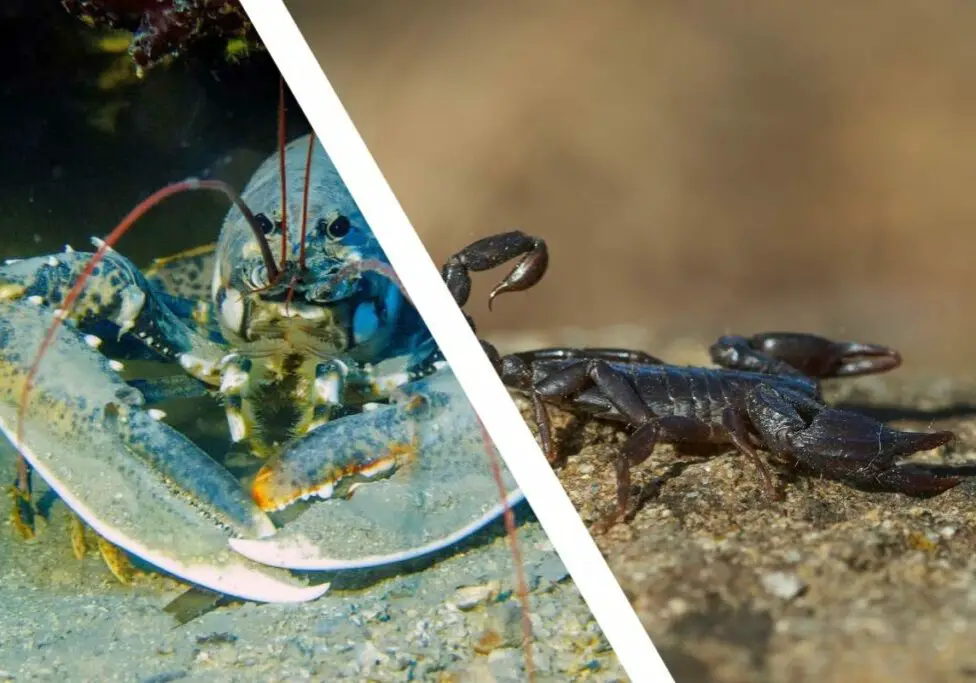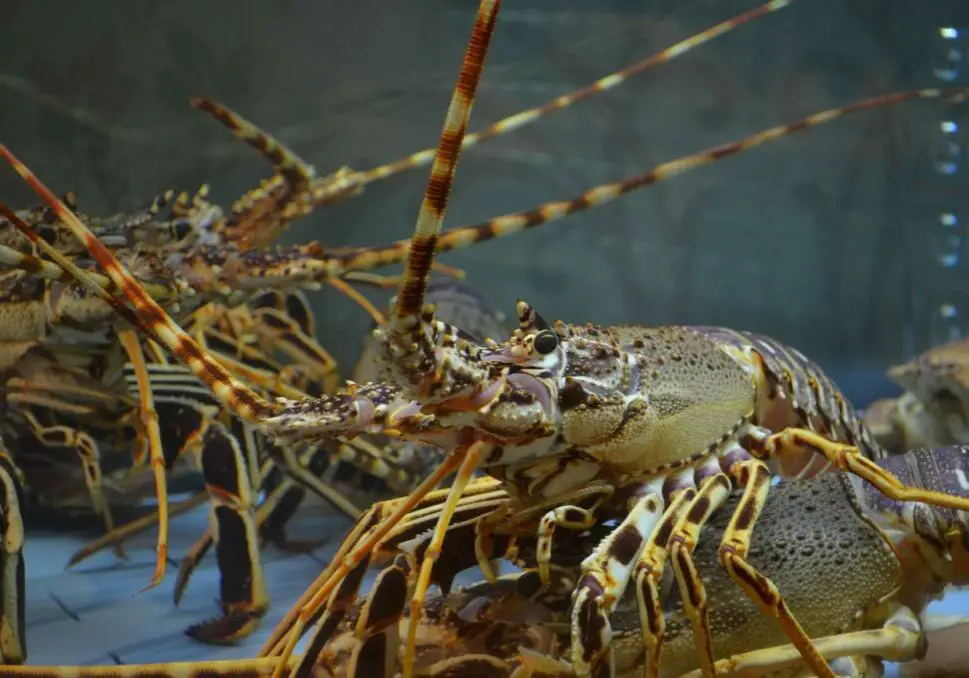Do Starfish Live Under Rocks?
Starfish or sea stars are fascinating marine invertebrates found in every ocean in the world. If you wonder whether starfish live under rocks or not and what other places it inhabits, in this blog post, we’ll talk all about that. However, let’s begin with a quick answer:
Some starfish live under the rocks to avoid predators and also to wait for their prey. They can attach themselves to the rocks firmy so they’re not washed away by the currents and not taken by predators.
However, that certainly doesn’t tell the whole story. Below I’ll explain more about where starfish live, what their geographic and depth range is, and for how long they can live. Read on!
Where do starfish live?
Starfish belong to the phylum Echinodermata, and like all species from this group, they’re exclusively marine animals and can’t survive in freshwater. They live in the Pacific, Indian, Atlantic, and even the Arctic Oceans.
Sea stars inhabit many different places such as rocky shores, tropical coral reefs, tidal pools, mud, sandy sea floors, kelp forests, and seagrass meadow. Let’s take a look at each of them in more detail.
Under/on rocks
Starfish live on the shallow rocky shores as well as deeper rock formations. Some species hide under rocks to avoid predators but also to wait for their prey. Rock formations are shelters for many smaller marine animals, including mollusks – a primary food source for sea stars.
These marine creatures can also attach to rocks, especially in strong currents and tidal environments. They use their sticky tube feet so they’re not washed away as they can’t survive out of the water. If you see sea stars on the shore, it’s important to put them back in the water as soon as possible.
They attach to rocks to also withstand predation from animals such as seagulls and sea otters. They can do that thanks to their water vascular system which is a system of canals inside the starfish bodies.
At the end of each tube foot, there’s the suction cup that creates contractions. When the sea star wants to make suction, the ampulla pulls water out and when it wants to extend the tube feet, the suction cup pushes the water into the end of each foot.
Thanks to that, they’re very firmly attached, and it can be pretty difficult for predators to detach them. You can read more about how the water vascular system works in my other blog post here.
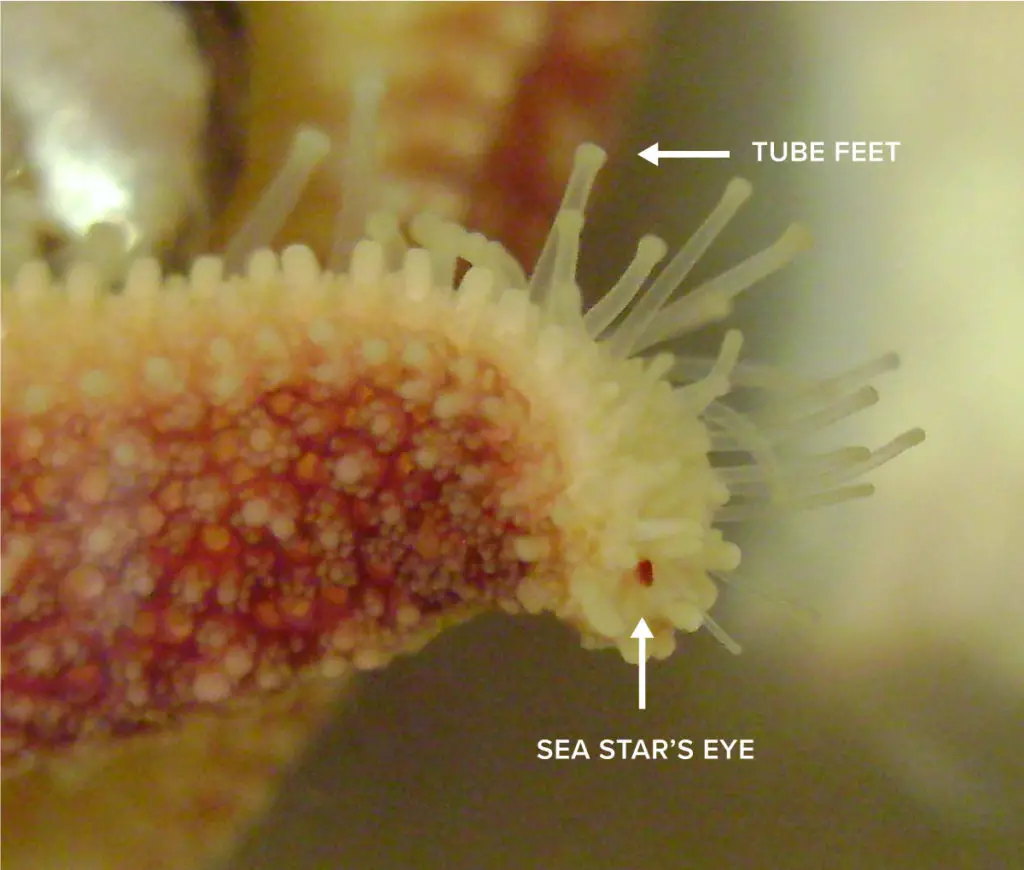
Interestingly, even though a predator will eat one of the sea star’s arms, it can regrow it! A few species can even grow an entirely new starfish from just a portion of a limb.
In the picture above, you can also notice a sea star’s eye located at the end of its arm. Thanks to their eyes, they can locate large dark structures that are their homes we’re going to talk about in the next paragraph – coral reefs. Read more about sea stars’ eyes in my other article here.
Coral reefs
Coral reefs are the most diverse underwater ecosystems in the world. They’re formed by colonies of coral polyps held together by calcium carbonate. These incredible formations are home to 25% of all marine species.
Coral reefs are the perfect home for many sea star species due to the amount of food and shelters to hide from bigger animals. Starfish mostly prey on mollusks such as clams, mussels, oysters, and others. Their biggest predators however are fish, snails, sea turtles, crabs, shrimp, otters, birds, and even other sea stars.
Starfish find reefs as a perfect home also because their colorful skin acts perfectly as a camouflage. Moreover, species that have very bright colors can scare off or confuse their predators.
Interestingly, there’s a starfish species that is actually a danger for coral reefs. Crown-of-thorns starfish is a starfish that mainly inhabits the Great Barrier Reef and is a corallivore, which means it feeds on coral polyps. You can read more about what Crown-of-thorns starfish eats in my other blog post.
Unfortunately, Crown Of Thorn Starfish eats corals faster than they can grow, which creates a massive problem for coral restoration. In the Great Barrier Reef, they are a second major cause of coral loss, right after the coral bleaching.
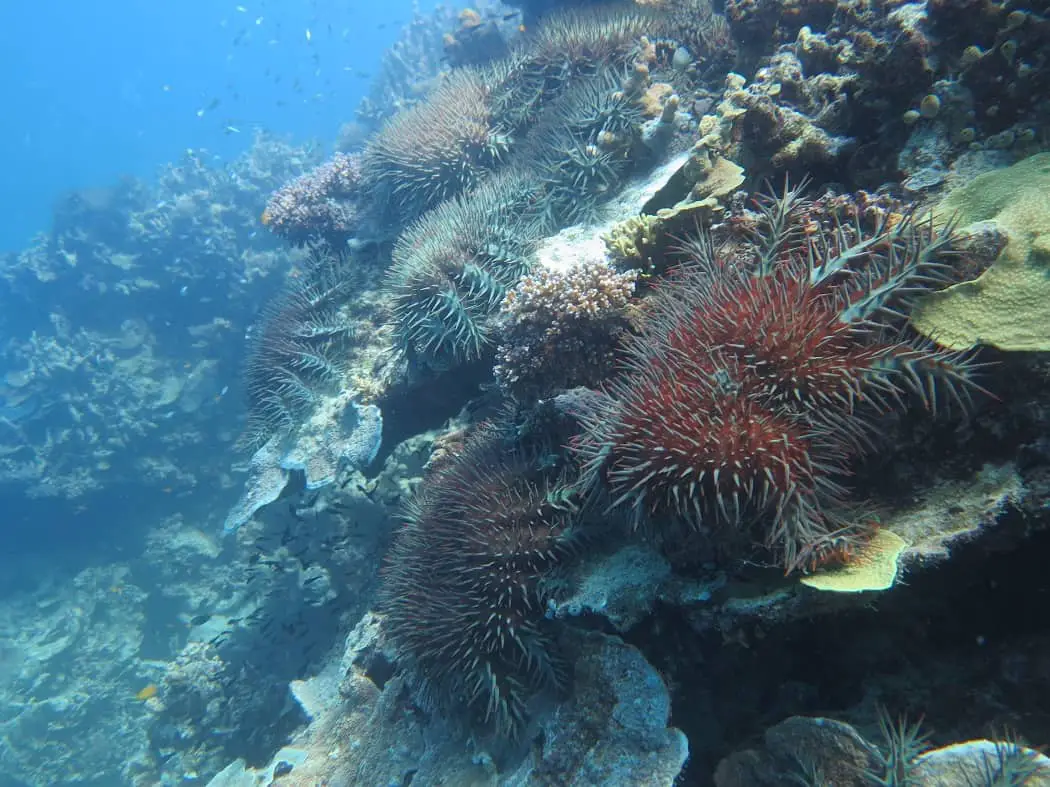
Tidal pools
Tide pools are isolated pockets of seawater formed in the ocean’s rocky or sandy intertidal zones (shallow seashores). Even though these small pools are about a few inches to a few feet deep, they’re full of life, including snails, clams, sea urchins, crustaceans, seaweed, small fish, and their predators – starfish.
To survive in this harsh environment, tide pool inhabitants often attach themselves very tightly to rocks, so they’re not washed ashore. Starfish can do that thanks to their sticky tube feet and water vascular system I already mentioned. They can also use tube feet to attach to the shells of their prey, pull the shells apart, and eat what’s inside with their stomach.
The most common sea star in the tide pool environment is the Ochre Sea Star. It plays a critical role in an ecosystem by keeping the population of mussels in tide pools in check. Without them, mussels would displace other species and diminish diversity.
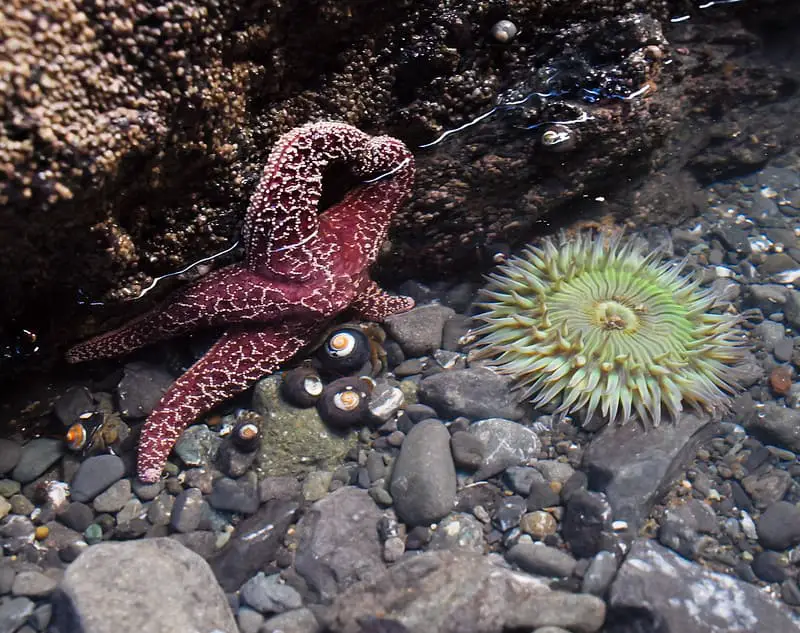
Mud
Some species of starfish live in mud, specifically, a Ctenodiscus crispatus, which is also called – a Mud Star. This sea star lives mostly on continental shelves around the world, primarily in the Arctic Ocean and Subarctic cold water environments.
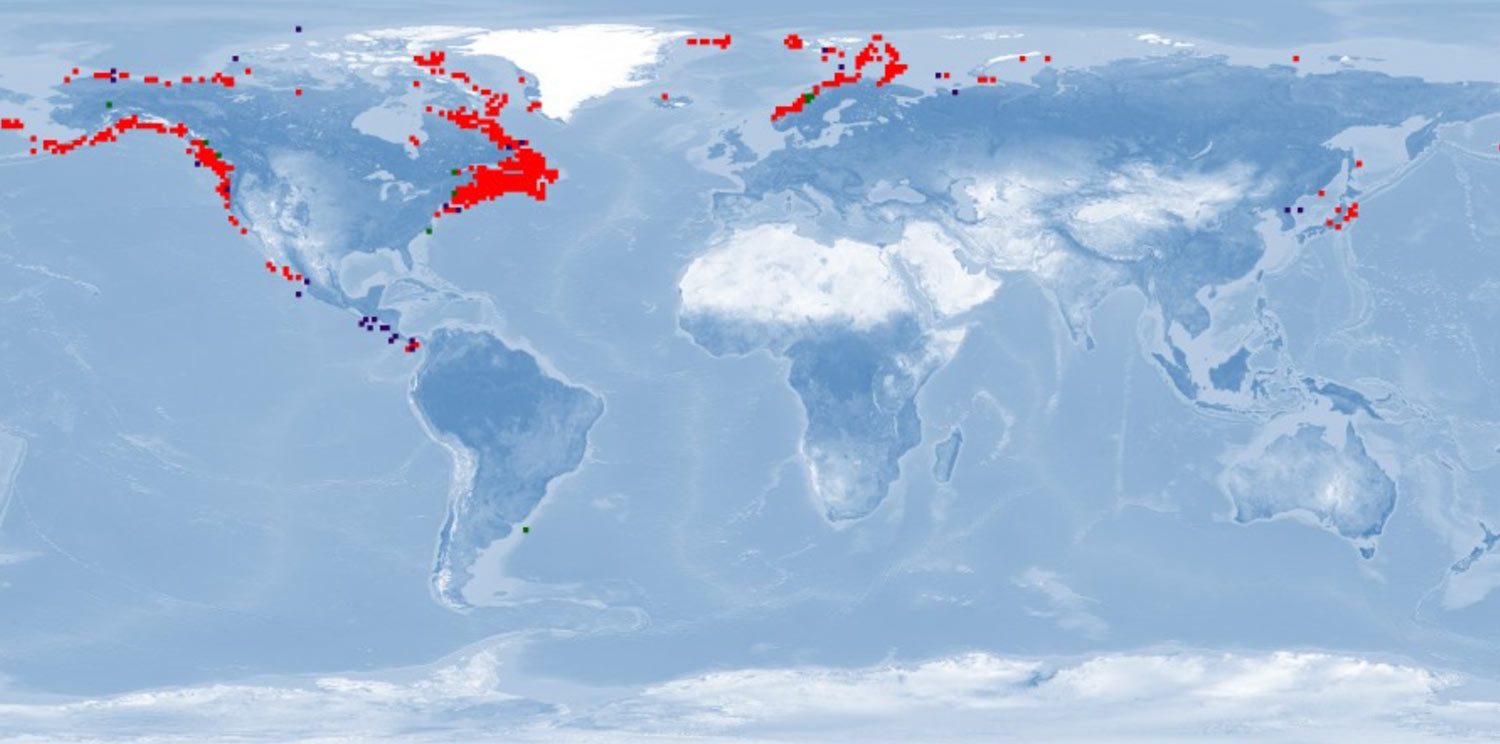
Computer-generated distribution maps for Ctenodiscus crispatus, with the modeled year 2050 native range map based on IPCC RCP8.5 emissions scenario. Retrieved from https://www.aquamaps.org.
The Mud Star eats mud and gets nutrition from it. Like other sea stars, it eats by putting the stomach out of its body, through the mouth, and directly digesting the food. Interestingly, this particular sea star’s body is filled with mud because of its eating habits!
In order to breathe, this sea star had to adapt well to its environment. Sea stars use their papulae (skin gills) and tube feet to breathe. They don’t have gills so they absorb the oxygen directly from the seawater and exchange gases through diffusion. But what if the whole body of the Mud Star is covered by mud?
C. crispatus has unique structures on its body called cribriform organs. They create a current that flows through the channels created around the surface of the animal, leading to the “surface.” Thanks to this, the water can get to the starfish and bring oxygen.
Another unique characteristic of this sea star is its high tolerance to hypoxia. This condition occurs when oxygen isn’t available in sufficient amounts. Sometimes the oxygen doesn’t get to the certain sediment level, and a toxic chemical builds up. This level of mud turns black.
Other species that live in the mud are C. australis and C. procurator.
Sand
Some starfish species live in the sand where they can burrow to hide from predators or search for food. They dig into the sand just like other Echinoderms – sand dollars. The burrowing expert is a starfish species called Sand-sifting starfish.
They can sift through the sand and eat detritus leftover food particles. It’s hard to spot them not only because most of the time they spend hidden under the sand but also because of their camouflage color. They live mostly across the southeast Atlantic, and the Indo-Pacific Oceans.
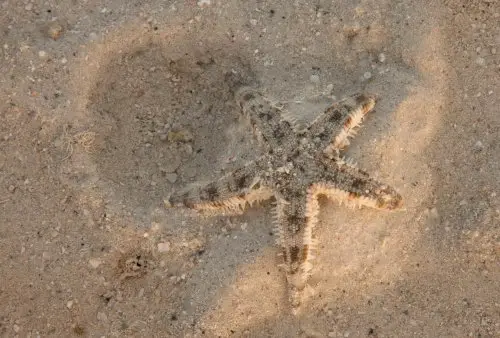
Kelp forests
Kelp forests are underwater ecosystems in shallow water formed by the dense growth of several different species known as kelps. Even though kelps look like plants, they are actually huge brown algae.
They are one of the most productive and dynamic ecosystems on Earth by providing a unique habitat for many marine organisms. They’re located along the west coast of North and South America, southern Africa, Australia, New Zealand, the north part of Japan, and the North Sea.
Sunflower sea star is a habitat of kelp forests. This is the largest sea star in the world, with a maximum arm span of 3 feet (1 m.) Adult sea stars usually have 16 to 24 arms. They live in kelp forests across the world but also in the northeast Pacific.
Interestingly, sunflower stars play a critical role in kelp forest health. They’re one of the most effective predators for keeping sea urchins balanced. They feed on small and young sea urchins, while sea otters eat the bigger ones.
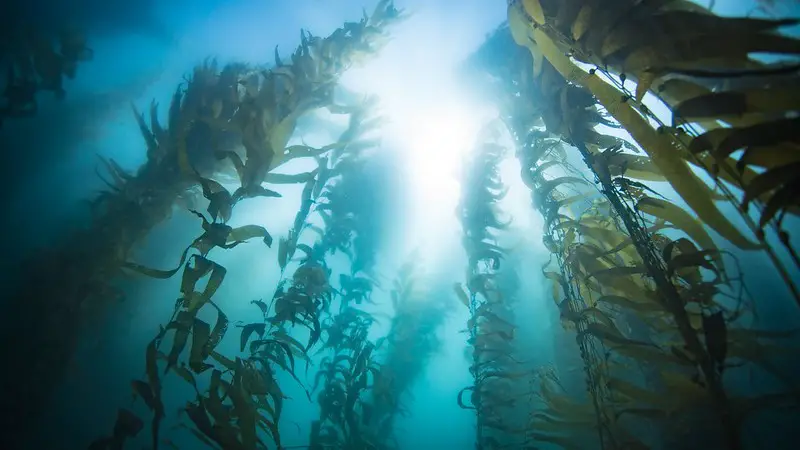
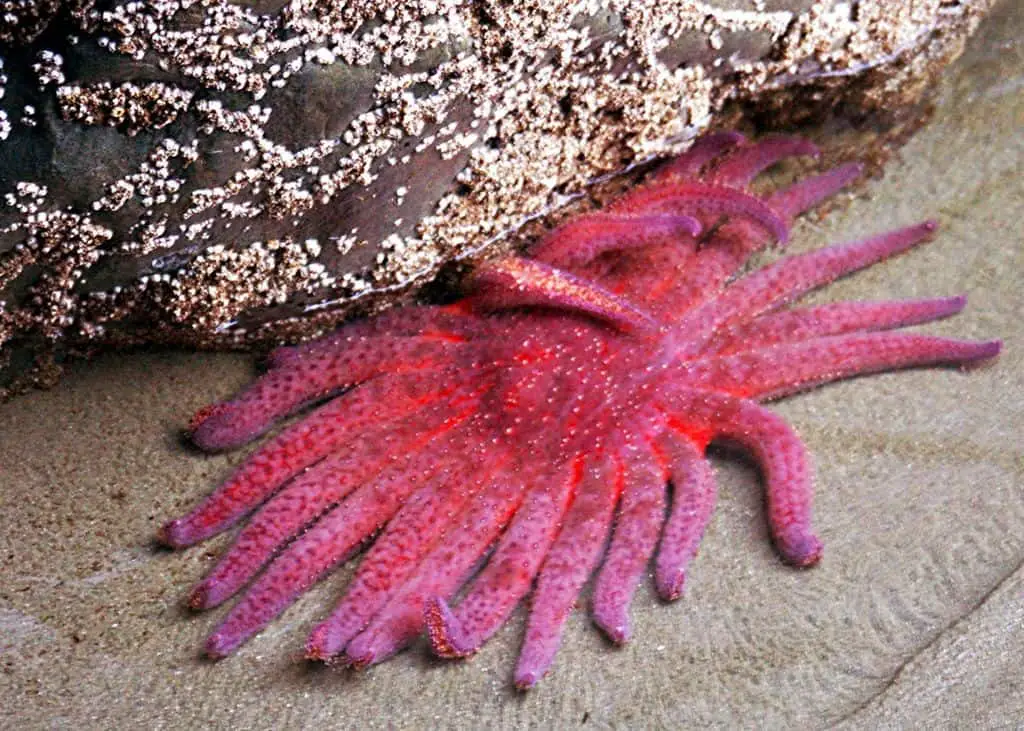
The researchers discovered that after Sea Star Wasting Disease killed 96 percent of the sunflower star on the Central oast in 2015 and 2016. There was a 311 percent increase in sea urchins, corresponding to a 30 percent decrease in kelp density because of the sea urchins’ diet.
Seagrass meadow
A seagrass meadow is an underwater ecosystem formed by seagrasses found in shallow waters of all continents except Antarctica. Seagrasses are among the most productive ecosystems in the world by providing habitats and food for marine animals comparable to even coral reefs.
It’s easy to guess why starfish live there. They’re an essential part of the seagrasses ecosystem, where they can find plenty of food such as shrimp, crabs, and other crustaceans. The common starfish found on seagrass meadow is a Cushion Star.
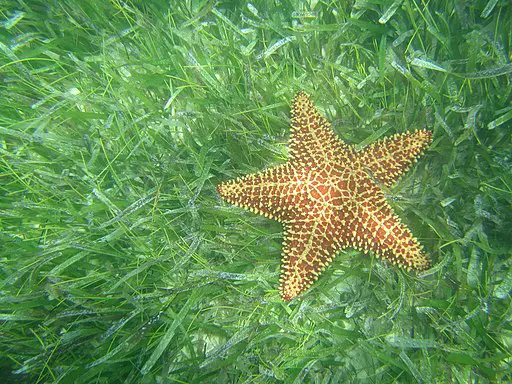
It’s worth mentioning the importance of seagrass meadow in our ecosystem. They provide coastal storm protection, keep coastal waters healthy by absorbing bacteria and nutrients, and most importantly, slow the speed of climate change by separating carbon dioxide into the sediment of the ocean floor.
They’re crucial for life not only for the starfish but for all animals on the planet, including humans. Unfortunately, human activities and pollution damage them at about two football fields every hour.
Starfish geographic locations
Starfish live in every ocean mostly in tropical waters but some species also adapted to the Arctic Ocean temperatures. They evolved to survive in some of the harshest marine environments except freshwater. They are around 1,600-2,000 different species of sea stars and their particular location depends on the species.
For example, the most common and familiar starfish in the north-east Atlantic is Asterias rubens. You can see its geographic range on the map below.
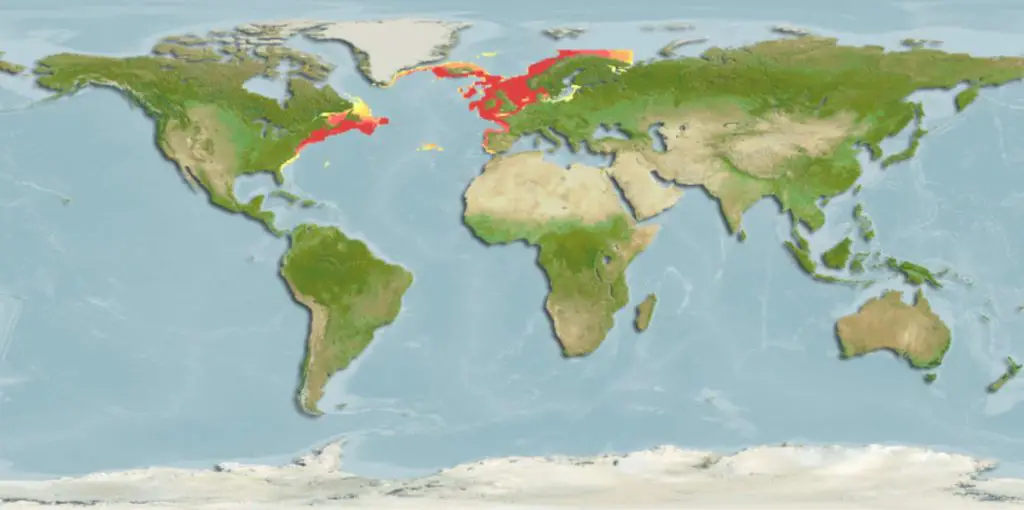
Starfish water depth
Starfish are also incredibly varied when it comesto water depth. They inhabit basically every zone, starting from the intertidal zone (seashores) to 20,000 ft (6000 m) depths. However, we have discovered only 20% of the ocean so far, so who knows what’s hiding in the dark depths 😉
How long do starfish live?
Because of the species diversity and their different environments, it’s difficult to establish an average lifespan of the starfish. Additionally, starfish don’t have characteristic features that would determine their age, such as growth rings or a predictable correlation between size and age.
On top of that, starfish, like other Echinoderms, don’t have a senescence mechanism which means they don’t grow old in the way that we do. Instead, we base their life expectancy on how long they can live before something happens, like predation, starvation, or disease.
However, there was a study that was based on the annual production of sea star eggs compared to how long each species would have to live to produce a stable population. The studies estimated that species like L. hexactis had ten to fifteen years of life expectancy, and P. ochraceus had one of twenty-five to forty years.
You may also like:
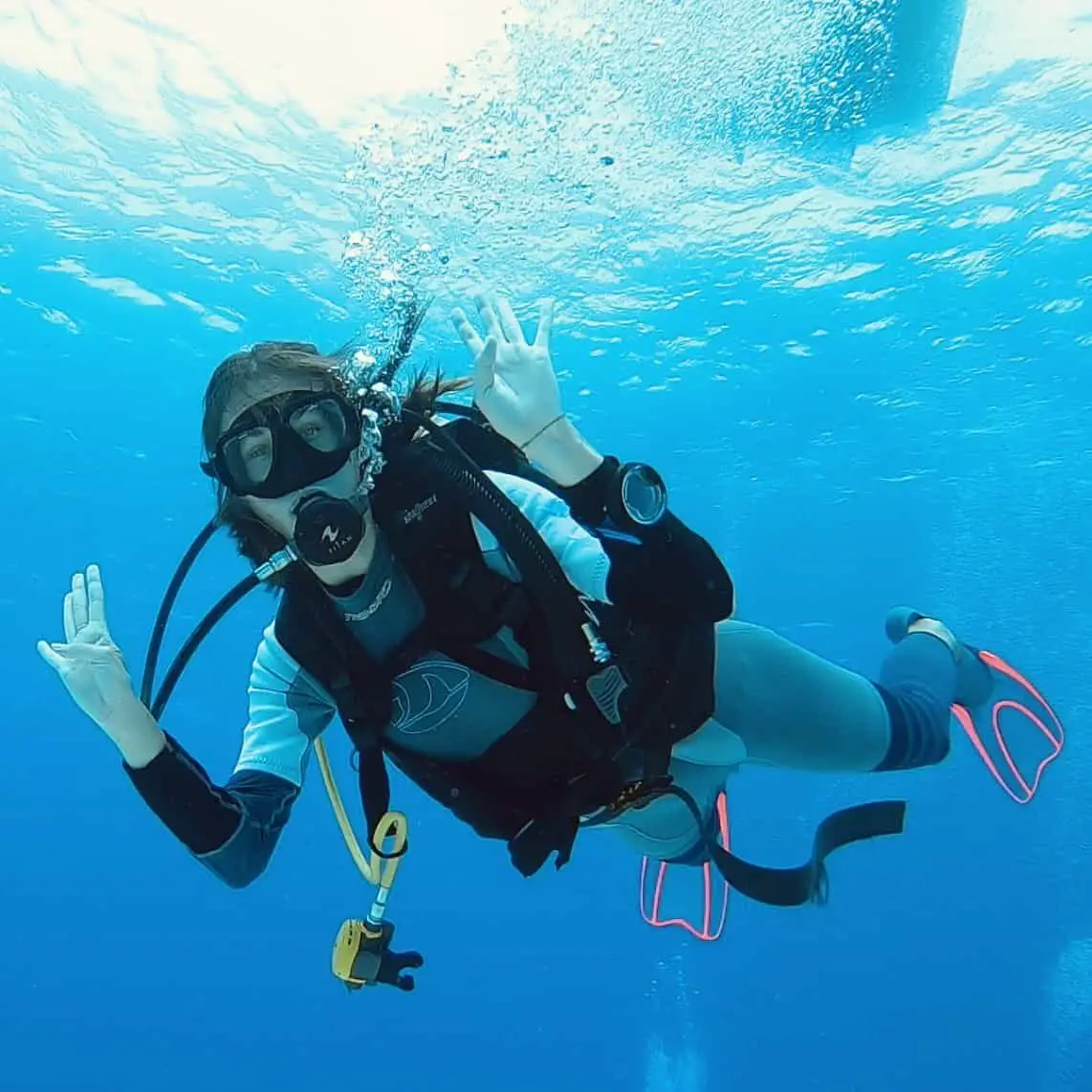
Welcome to Bubbly Diver!
I’m glad to see you here. This blog is created for all marine creature lovers by a bubbly diver - me, Dori :)

